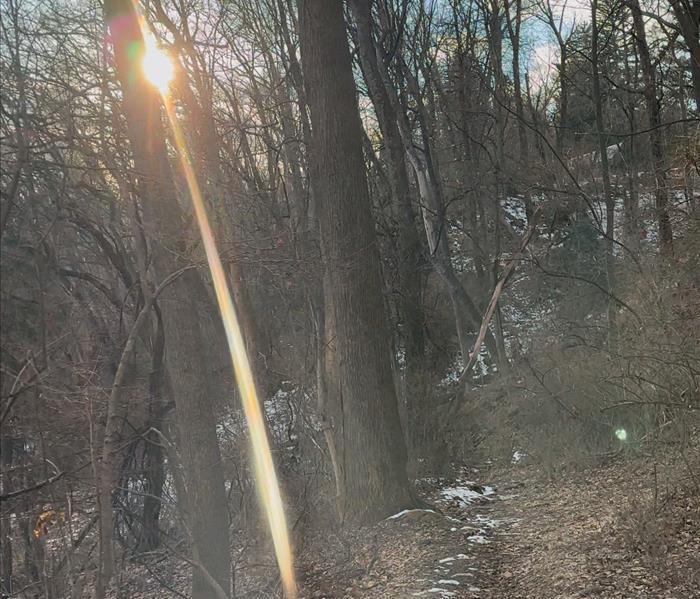February Tips and Best Practices
1/30/2025 (Permalink)
Maintaining your home during February in a winter climate is important to ensure everything stays in good shape and to avoid costly repairs later. Here’s a list of tasks that homeowners should focus on in February:
1. Check for Ice Dams
- Ice dams can form along the eaves of your roof and cause water to back up, potentially leaking into your home. If you notice ice build-up, safely remove it using a roof rake or hire a professional.
2. Inspect and Clear Gutters
- If gutters are blocked with debris or ice, meltwater won’t drain properly, leading to potential leaks. Clear gutters or check that downspouts are still clear.
3. Maintain Heating System
- Ensure that your furnace or heating system is running efficiently. Change air filters if needed and check for any unusual sounds or issues. Consider scheduling a professional inspection if you haven’t already done so for the season.
4. Check for Drafts
- Examine windows and doors for drafts and seal any leaks using weather stripping or caulk to reduce heat loss and improve energy efficiency.
5. Test Smoke and Carbon Monoxide Detectors
- Cold weather means more time indoors, often with the heat running, so it's a good time to test smoke and carbon monoxide detectors to make sure they are working properly.
6. Keep Pipes from Freezing
- Insulate pipes in unheated areas such as basements, attics, and crawl spaces. If the temperature dips below freezing, leave a small drip of water running from faucets to prevent pipes from freezing.
7. Inspect the Chimney and Fireplace
- If you use a fireplace or wood stove, inspect the chimney for any blockages or creosote buildup. Schedule a professional chimney cleaning if necessary.
8. Maintain Snow Removal Equipment
- Ensure your snow blower, shovels, and other snow removal tools are in good working order. Check the fuel and make sure everything is functioning properly for quick access during a storm.
9. Check Insulation
- Evaluate attic and wall insulation, especially around areas like pipes, vents, and windows. If necessary, add more insulation to prevent heat loss.
10. Inspect Roof for Damage
- Check for any visible signs of damage or wear, especially after a snowstorm or high winds. Look for missing shingles or areas where snow may be collecting unnaturally.
11. Maintain Exterior Lighting
- Ensure that all outdoor lights are working. It’s particularly important during winter when daylight hours are short, and outdoor safety is a priority.
12. Protect Outdoor Faucets
- Disconnect garden hoses and drain them. Consider using faucet covers or insulating exposed outdoor pipes to prevent freezing.
13. Check for Moisture Issues
- Watch for signs of condensation or frost on windows, walls, or ceilings. Excess moisture can lead to mold growth, especially in areas with poor ventilation.
14. Clear Walkways and Driveways
- Regularly clear snow and ice from walkways, driveways, and steps to prevent accidents. Consider applying salt or sand to help with traction.
15. Monitor Indoor Humidity
- Cold weather can dry out indoor air, which can affect both your health and your home. Use a humidifier to maintain a comfortable level of moisture in the air.
By keeping up with these tasks, you can help your home stay safe and functional throughout the rest of the winter months.




 24/7 Emergency Service
24/7 Emergency Service
